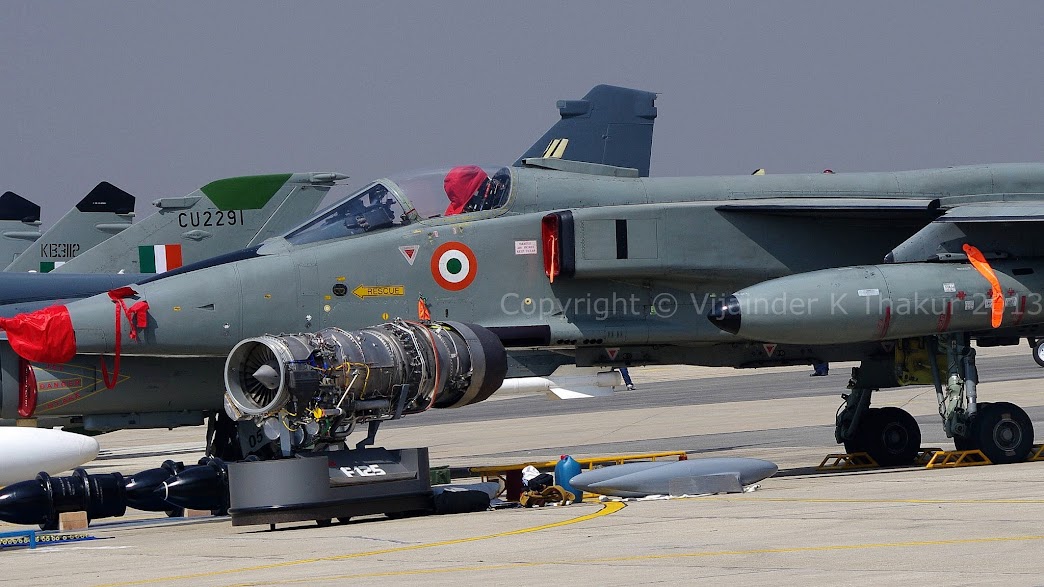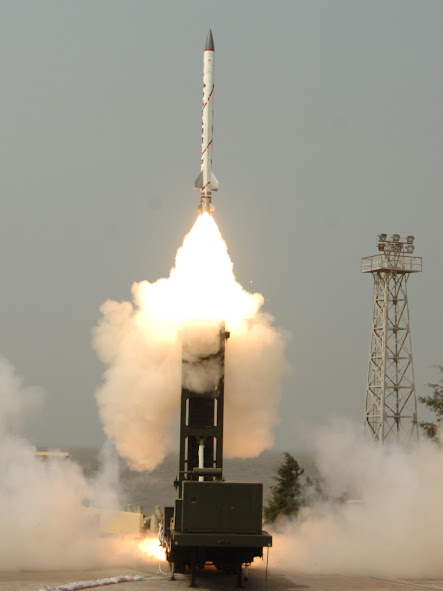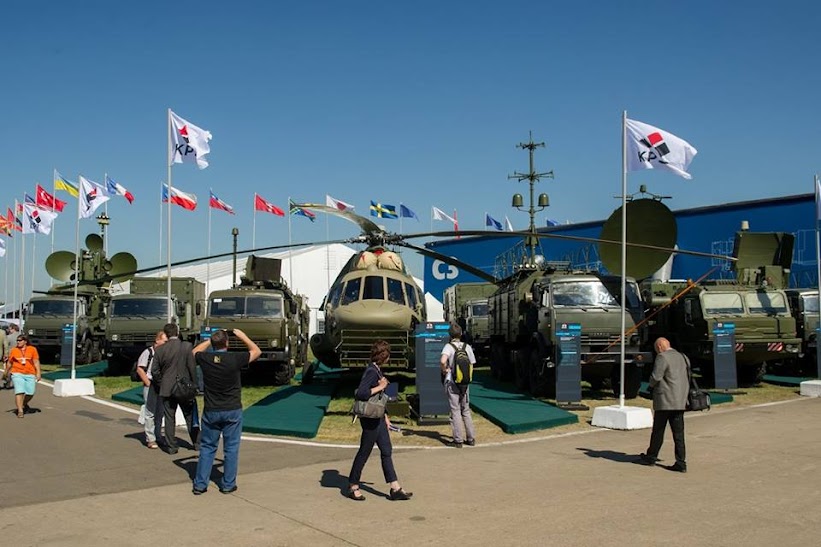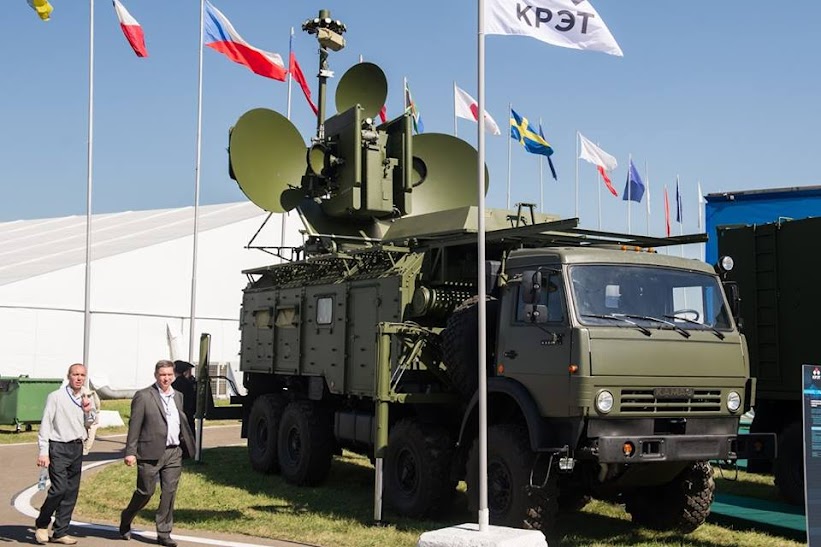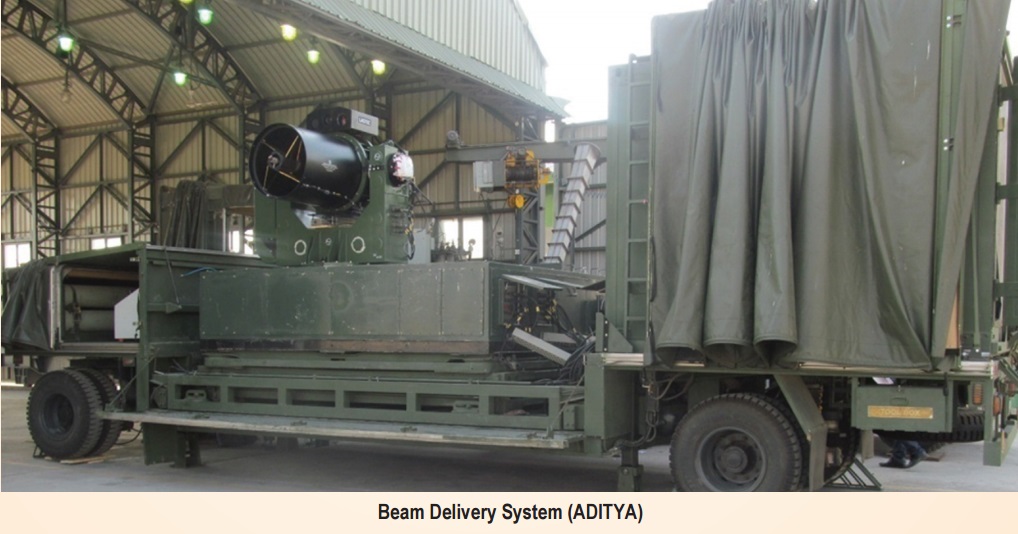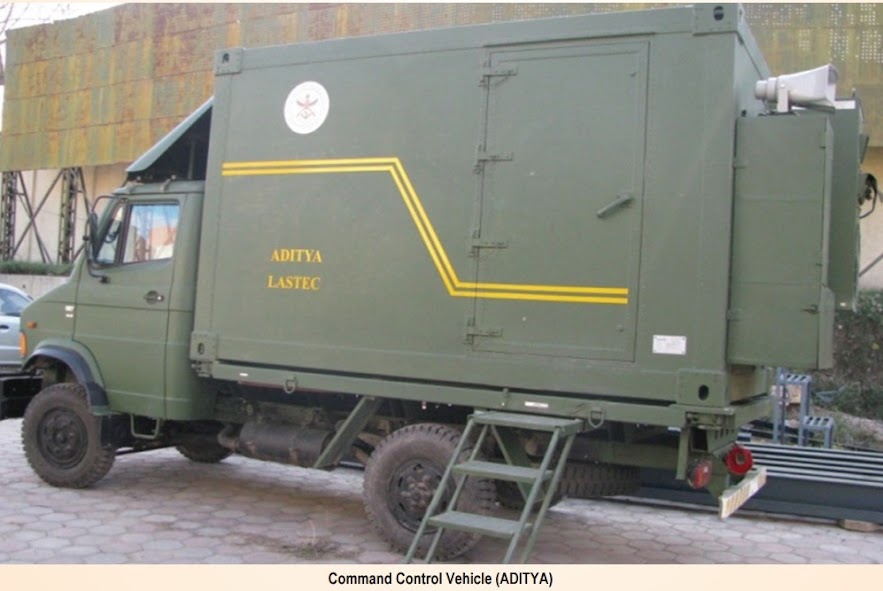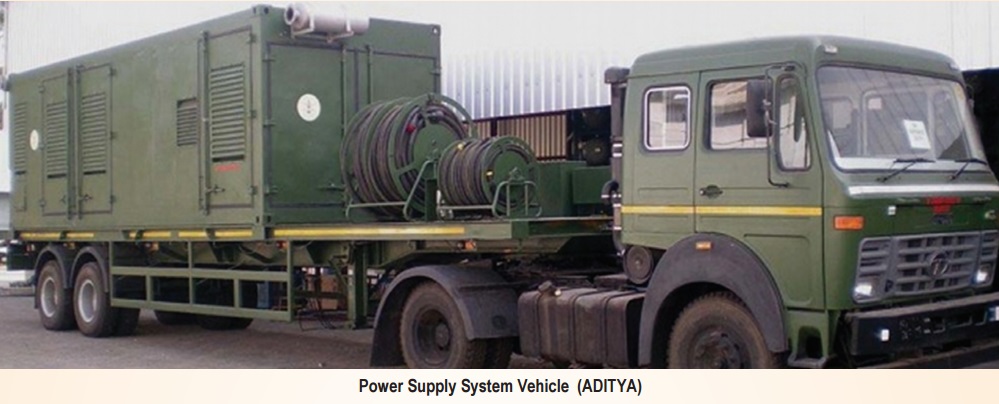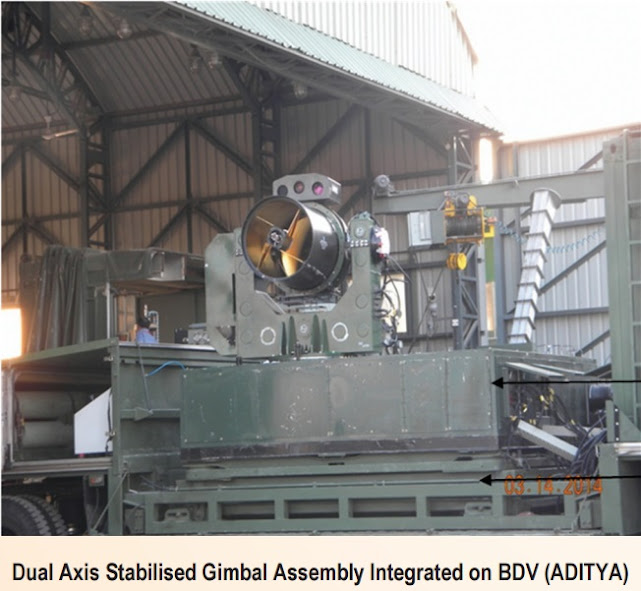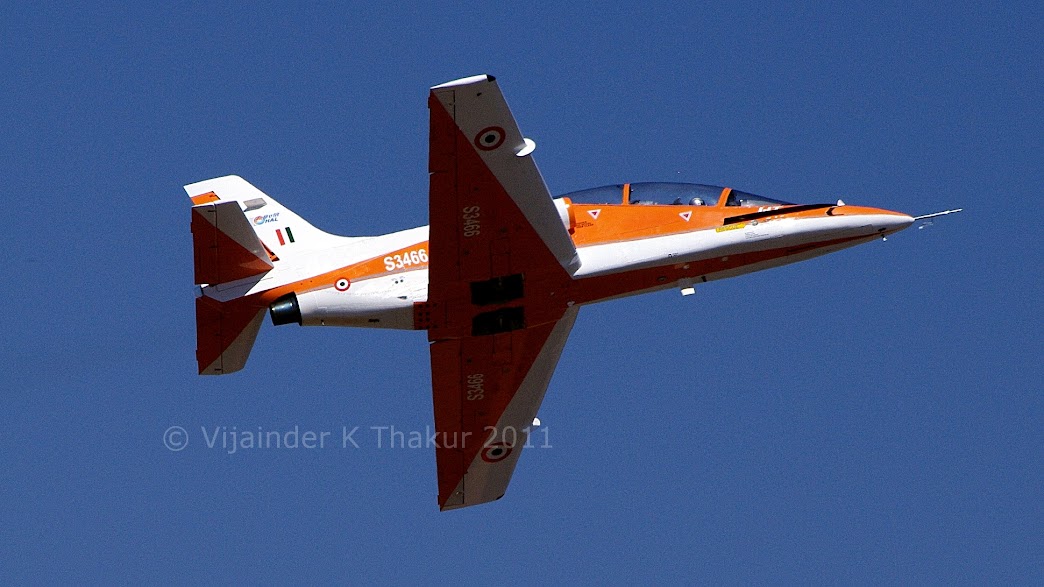 |
| HJT-36 Sitara at Aero India 2011 |
HAL is set to spin test the HJT-36 Sitara later this month, possibly paving the way for serial production of the Intermediate Jet Trainer (IJT) for the IAF.
"Today, we are confident that that every problem has found a solution. The aircraft that is going to come out of all this is going to be really worth flying,” HAL Chairman & Managing Director T. Suvarna Raju told The Hindu.
“We expected to spin the aircraft about eight months ago and clear it for series production. We could not spin or stall the aircraft. It is a very crucial job that should be done very carefully, as there is a lot of risk for men and material," Raju added.
Spin clearance will mean HAL can start planning series production “and we are confident of it (success),” Raju said.
Series production of the Sitara would be a huge Make-in-India landmark and dramatically change HAL's image of a poorly performing state funded aerospace giant.
Rookie IAF pilots are trained to safely recover their aircraft from a stall or a spin, both low speed flight conditions under which the aircraft's response to control inputs is not instinctive. Stall and spin recovery training can only be imparted if the trainer aircraft's flight characteristics during stall and spin are easily recognizable by the trainee pilot, and the recovery from both the conditions is safe and sure.
Sitara's development had come to a halt because it would stall too early and its pre-stall flight characteristics were confusing and unsafe.
HAL engaged BAE as consultants to tweak the aircraft's design to make its stall characteristics acceptable. BAE reportedly recommended redesign of the Sitara's tail. HAL validated the BAE suggested redesign many times with mathematical modelling and wind tunnel tests before incorporating the recommended changes.
The redesign is expected to reduce the aircraft's stall speed by nearly 40-kph. Also, the stall will result in a sharp easily recognizable nose drop prompting the pilot to take recovery action.
The Sitara was also plagued by a sharp wingdrop short of stall. During DefExpo 2014 an HAL rep told me that HAL had identified the point on the wing where the boundary layer flow was turning turbulent and breaking up, leading to the wing drop. HAL had planned to use boundary layer energizing strakes to remedy the problem.
Meanwhile, the aircraft's Saturn AL-55I, made specially for India by Russia, has been stall tested.
It's interesting to note that sections of the Indian media have repeatedly reported that the IAF is all set to dump the Sitara and purchase Textron's Scorpion trainer and counter insurgency aircraft.
The TOI in April 2015 carried a particularly alarming report saying that the Sitara's operational clearance maybe delayed by another four-to-five years, as the IJT would require major structural changes, including increase in airframe length as well as addition of another 305-kg to the already overweight plane, to resolve the stall-and-spin problem.
"The IJT has been declared unfit for spin, even by foreign consultants like BAE Systems, after spending around Rs 4,500 crore on it," a source reportedly told the TOI.
It now appears that the reports were highly speculative, and conceivably motivated.
Sections of the Indian media went overboard with the disinformation campaign after the IAF on April 4, 2014 released a Request for Information (RFI) for an Intermediate Jet Trainer (IJT) that would be used primarily for Stage-2 training of its pilots with a secondary counter insurgency role.
The IAF was merely hedging its bet on the IJT with the RFI.
RM Manohar Parrikar told parliament on March 20, 2015 that the IJT has encountered some design problems. Project implementation is regularly reviewed by a Steering Committee headed by Secretary, Department of Defense Production to expedite the same. IAF is looking at other options including life extension of Kiran aircraft to meet Intermediate flying training requirements of pilots.
IDP Sentinel members can read more at Intermediate Jet Trainer (IJT) Sitara HJT-36 - IDP Sentinel
